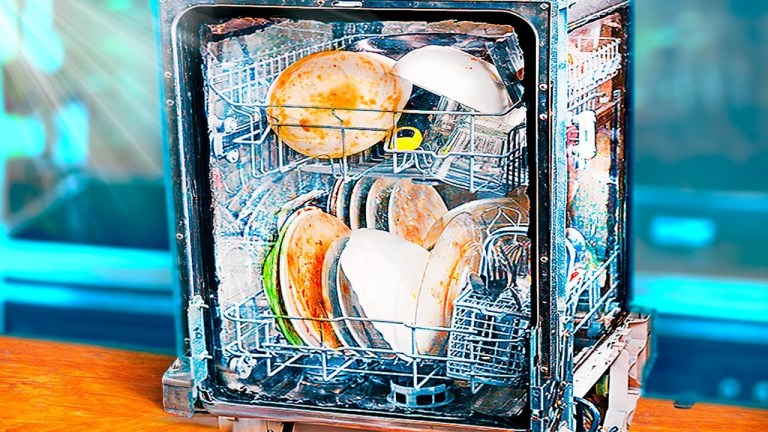How To Make Sweet Bath Buns From Jane Austen’s 19th Century England
Max Miller of Tasting History prepared the lavish treat of “bath buns”, yeasted sweet rolls made with caraway that were popular among the higher classes during Jane Austen‘s 19th century England.
Now bath buns sometimes called bath cakes …is usually sweetened quite a bit and has caraway for flavoring, or did have caraway for flavoring. Today they’re usually made with sultanas, or raisins or currants or other fruit.
While the buns were baking, Miller spoke about how the time of breakfast was indicative of class during this time. The later the meal, the more wealthy the residents were, a finer point that was made by Austen in her renowned 1813 novel Pride and Prejudice.
Jane Austen is telling us something about the societal station of Mr. Bingley’s house guests who are all from London …she does this by letting you know that they are having breakfast 2 hours or so later. …See it was common knowledge that the well-to-do ladies and gentlemen of London ate breakfast much later than the middle classes, especially those who lived outside the city middle class families like the Bennetts.
While the time of breakfast had wide social ramifications back then, it doesn’t really matter that much in modern times.
Now this is something that is completely lost on us now, we wouldn’t even make that connection or at least I didn’t and I’ve read this book many, many times but when the book was published in 1813, the people reading would have made that connection.
The buns, however, seem timeless.
The texture is really nice. I do think that one of these one of these will fill me up pretty good. So Jane Austen saying that she was going to fill up on bath buns makes sense. What I really like is they’re sweet, but they’re not super sweet. It’s not like a dessert. It’s very lightly sweet, but the caraway, that flavor can be easily overpowering and it’s not. It’s there, it’s present but it’s not overpowering. It’s delicious.






